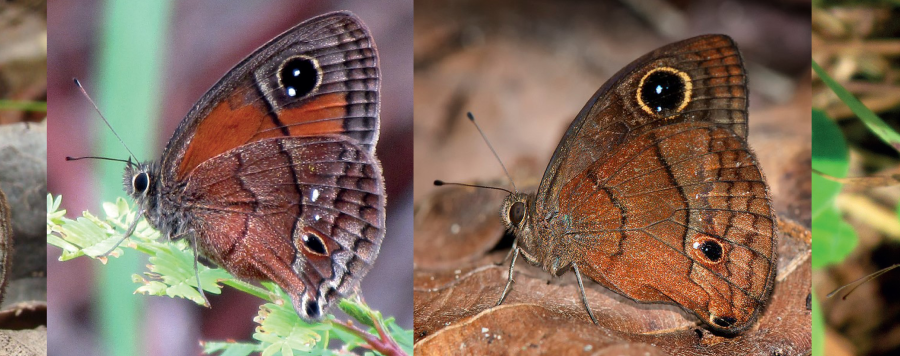Steckbrief Titel des Projekts:
Evolutionary relationships and biogeography of the enigmatic West Indian butterfly genus Calisto, a high-throughput sequencing approach
Beschreibung
The West Indies is an archipelago located on the Atlantic Ocean, close to central portion of the Americas. The West Indies consist of the Greater Antilles, the Lesser Antilles, and the Bahaman Islands in the north. Due to its geological complexity, the region has been considered a natural laboratory for studying species formation, adaptive radiation, and niche space occupation. While many plants groups are highly diverse, most faunal groups inhabiting the nearby continent are depauperated or completely absent from the islands including good dispersers like insects, birds, and bats. Butterflies have not escaped from this situation having a rather poor fauna when compared with adjacent continental areas with many tribes and butterfly subfamilies absent or underrepresented. Calisto has undergone through the largest radiation among all West Indian butterflies. The genus is endemic to the islands and is there the sole representative of the Satyrinae, Nymphalidae. 52 species of Calisto are known, most of them endemic to a single island or even to a single mountain range. The genus affinities remain unclear and it seems to have been isolated since the Eocene according to estimations. Given its apparent old origin some authors have suggested that the ancestor of Calisto may have reached the Proto Antilles through GAARlandia, a land peninsula that may have connected northern South America with the islands 32-35 Mya. This project will revisit Calisto relationships using for the first time a high-throughput sequencing approach and a sampling covering nearly all its species and many of the genera within its parent lineage, the highly diverse subtribe Satyrini. A biogeographic analysis will be performed to infer the most likely place of origin of the genus ancestor. Given that the islands were repeatedly flooded since the Pliocene, mountains likely played a major role in the survival and diversification of Calisto . Because of this and due to the fact that most species are restricted to single mountain ranges or specific island areas another biogeographical analysis, in an islands within islands approach, would shed light on how evolved the members of each species group within the genus. The project will also revise the taxonomy of Calisto species, particularly rare taxa known only from the types and cryptic undescribed species, using up to date approaches developed for phylogenomics, wing pattern recognition, and geometric morphometrics.
Ort Javascript ist erforderlich, um diese Karte anzuzeigen.







